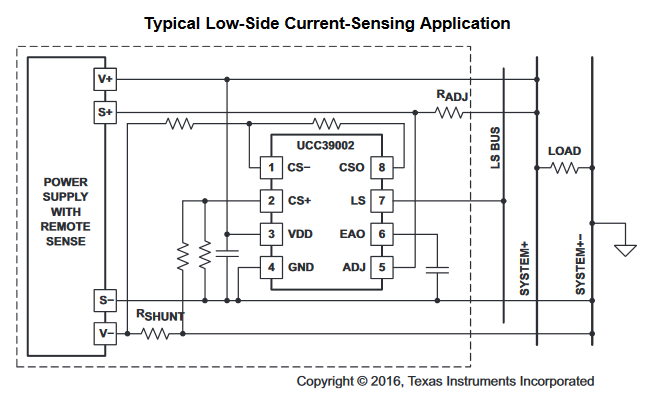We are developing a battery charger for industrial application. We would like use UCC29002 load share controller for parallel management. As specified in the datasheet, the UCC29002 will work with current sense resistor with 1% current share error.
Is UCC29002 will work with LEM HAIS 200-P Current Trasducer and will give 1% current share error like current sense resistor?


